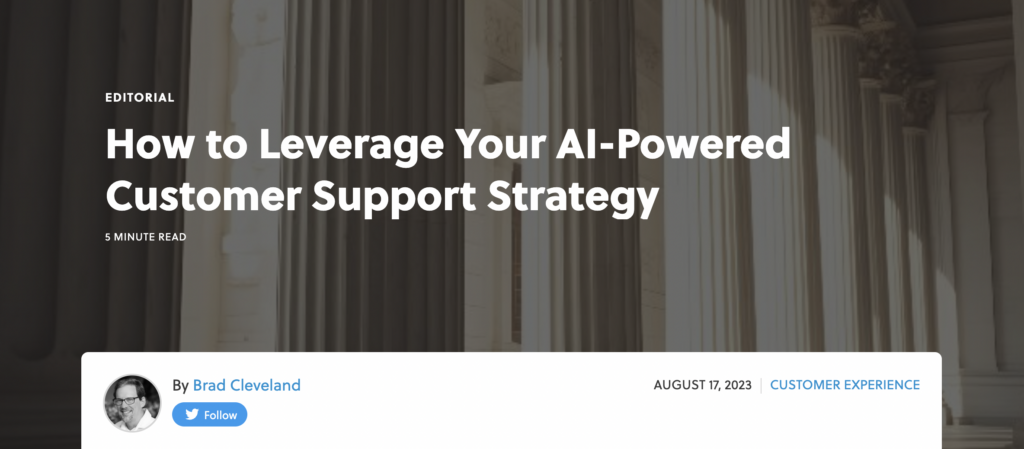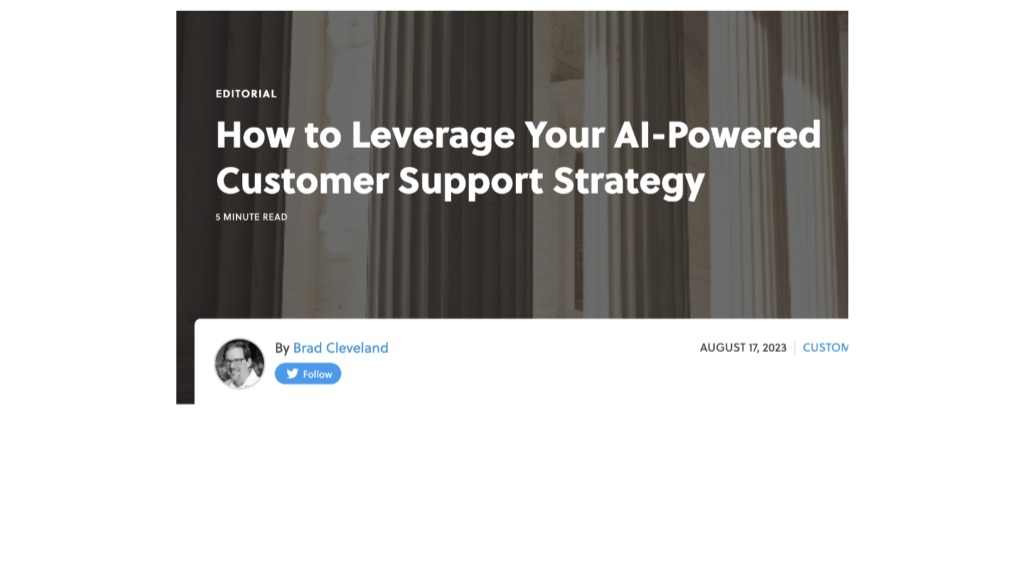When jumping into artificial intelligence, many organizations inventory what they’re doing now and look for opportunities to automate. This fixed-pie thinking can be limiting out of the gate. Let’s take a look at leveraging your AI-powered customer support strategy.
Those with the best service prioritize customer needs and expectations and use them to guide decisions. Steve Jobs, the late co-founder of Apple, is often cited for putting it this way: “You’ve got to start with the customer experience and work backward to the technology.”
Some low-cost airlines, for example, are ignoring this advice and eliminating phone support, assuming chatbots and other channels will suffice. There’s been a predictable backlash from customers who feel forced into using these capabilities.

Bolster Services with AI-Powered Customer Support
Other organizations are giving customers a choice in how they are served. They are deploying powerful AI-powered customer support to bolster and complement services and upgrading employee skills for higher-value services. As a result, they can see efficiency and customer loyalty move in a positive direction.
So, given all that AI can do, how do you best integrate it into your organization’s direction? How do you ensure that it’s meeting customers’ needs and building your brand? An important part of the answer is to develop and use a service strategy framework. In customer service, this is often referred to as a customer access strategy or just a service strategy.
Read more about the 10 key components of a customer access strategy at CMSWire.



0 Comments